If spiders send shivers down your spine, consider this your warning to steer clear of this article. For those with a curiosity stronger than their fear, we’re about to explore some of the most intriguing and formidable spiders across the globe. Don’t read this article if you hate spiders.
#1 Brazilian Wandering Spider
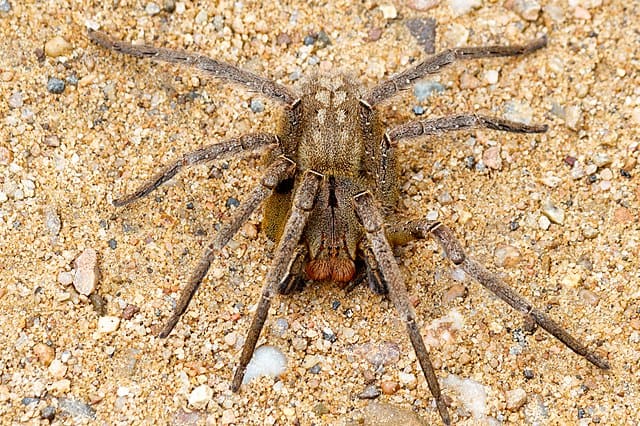
Predominantly found in tropical South America, with occasional sightings in Central America. This spider’s venom can cause severe pain and, in some cases, death. They are called wandering spiders because they roam the jungle floor at night.
#2 Sydney Funnel-Web Spider
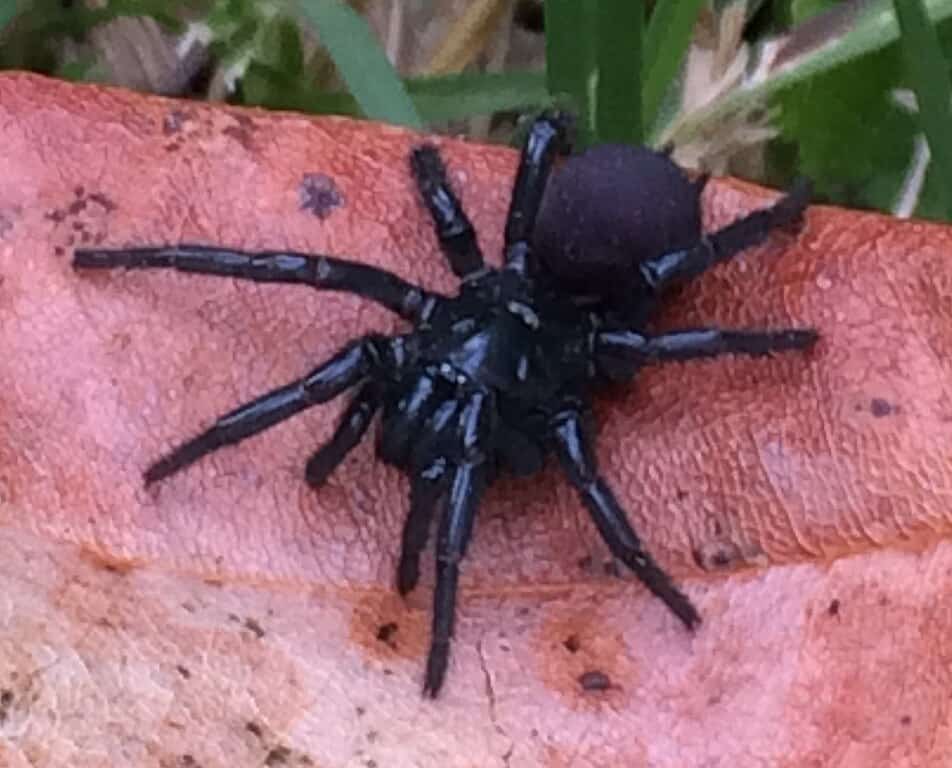
Native to eastern Australia, particularly in and around Sydney. It has one of the most dangerous venoms of any spider, capable of killing a human in less than an hour. The male’s venom is significantly more toxic than the female’s.
#3 Black Widow Spider
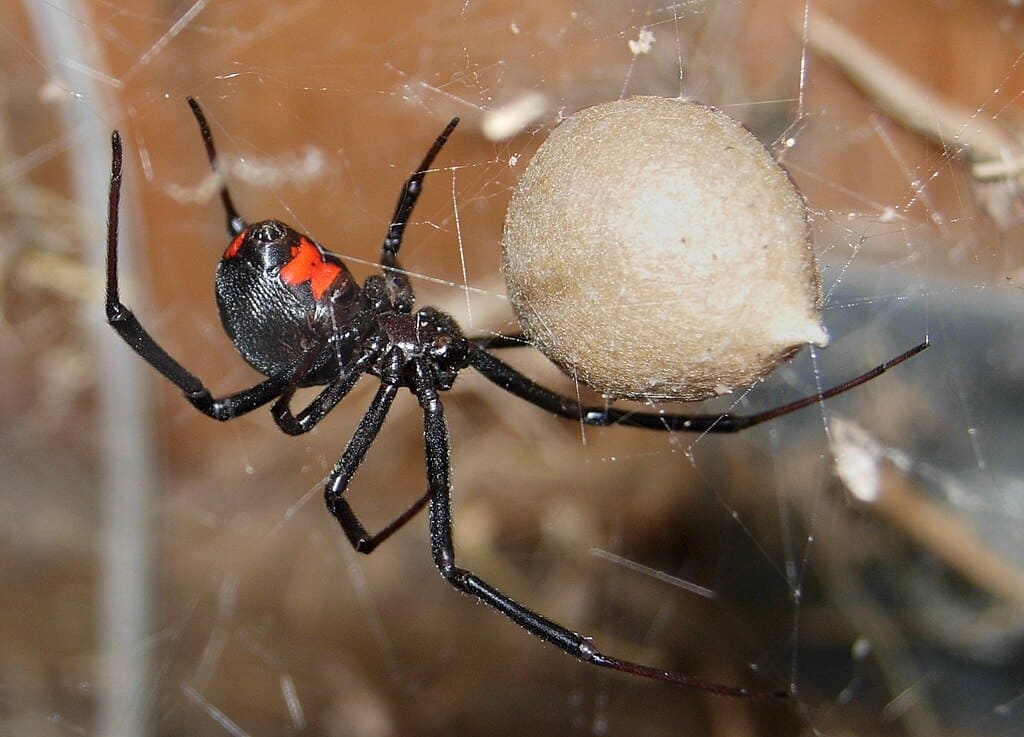
Widely distributed across the United States, southern Europe, Asia, Australia, Africa, and much of South America. Black widows are identifiable by the red hourglass marking on their abdomen. Their venom is 15 times stronger than a rattlesnake’s.
#4 Brown Recluse Spider
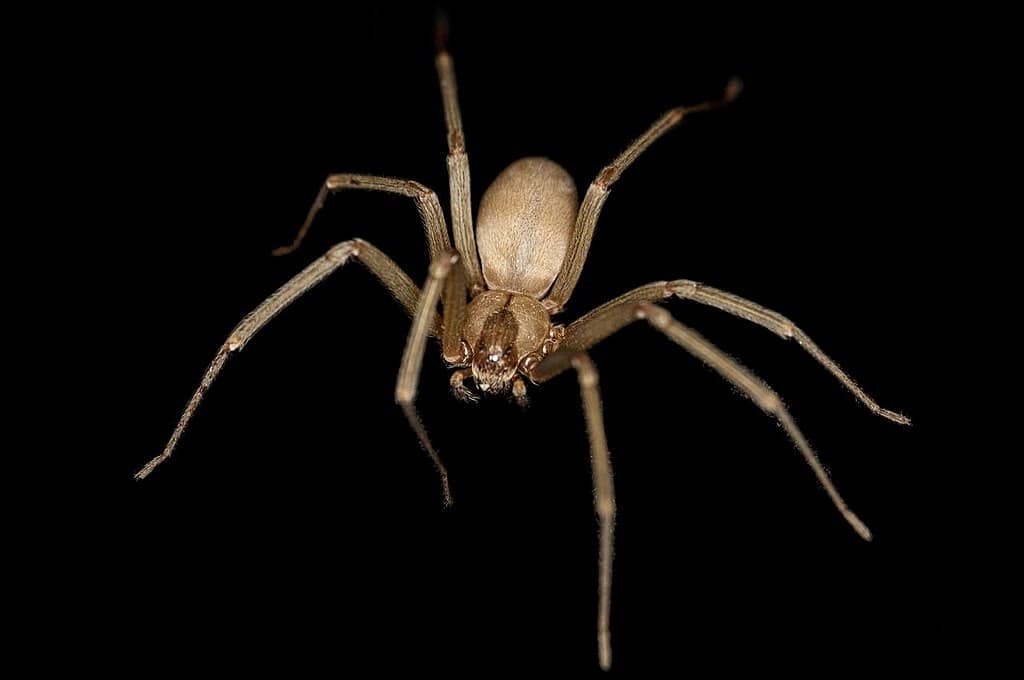
Mainly found in the central and southern United States. The venom of a brown recluse can cause significant cutaneous injury with tissue loss and necrosis. They are reclusive and typically bite only when pressed against human skin.
#5 Redback Spider
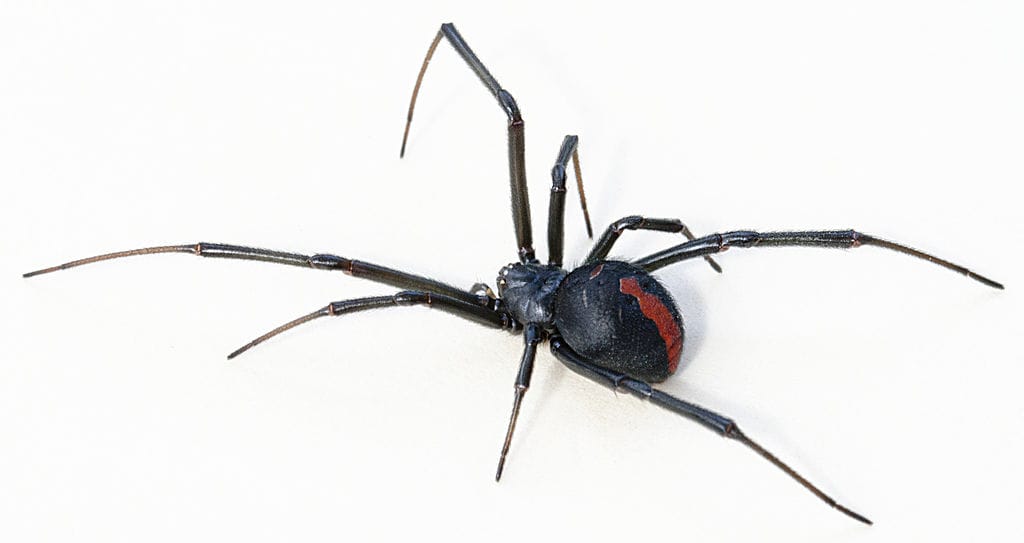
Primarily located in Australia, with populations also in Southeast Asia and New Zealand due to human activity. Known for the distinctive red stripe on its back. The female’s venomous bite can cause severe pain and systemic reactions.
#6 Camel Spider
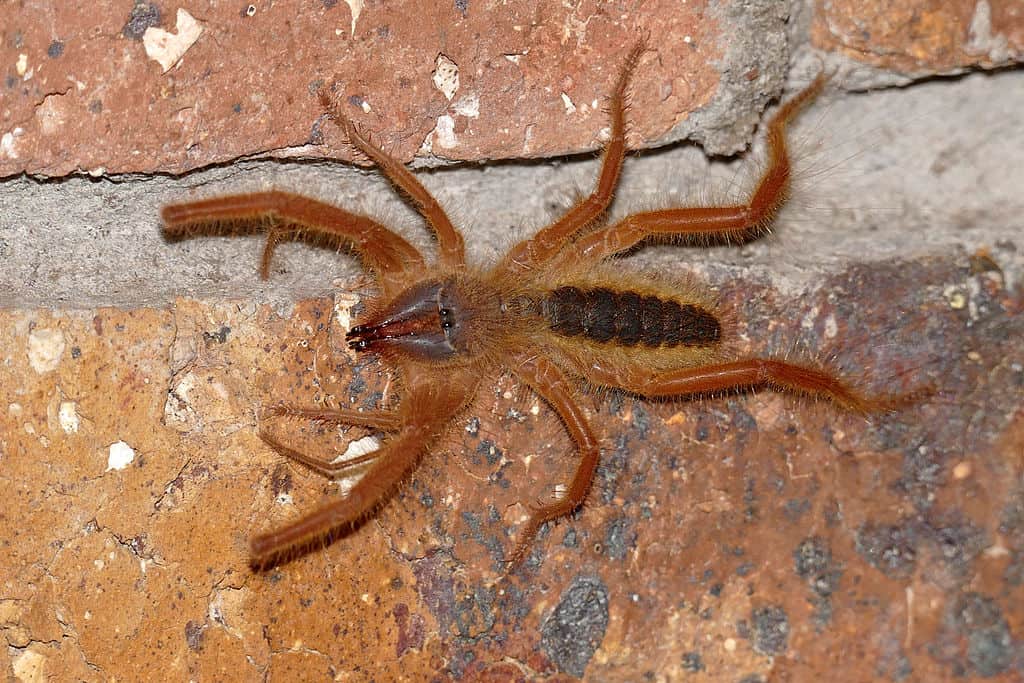
Distributed in desert regions across the Middle East, North Africa, and in arid parts of the United States. Despite its frightening appearance, it is not venomous to humans. Camel spiders can run up to 10 miles per hour and are carnivorous.
#7 Goliath Birdeater
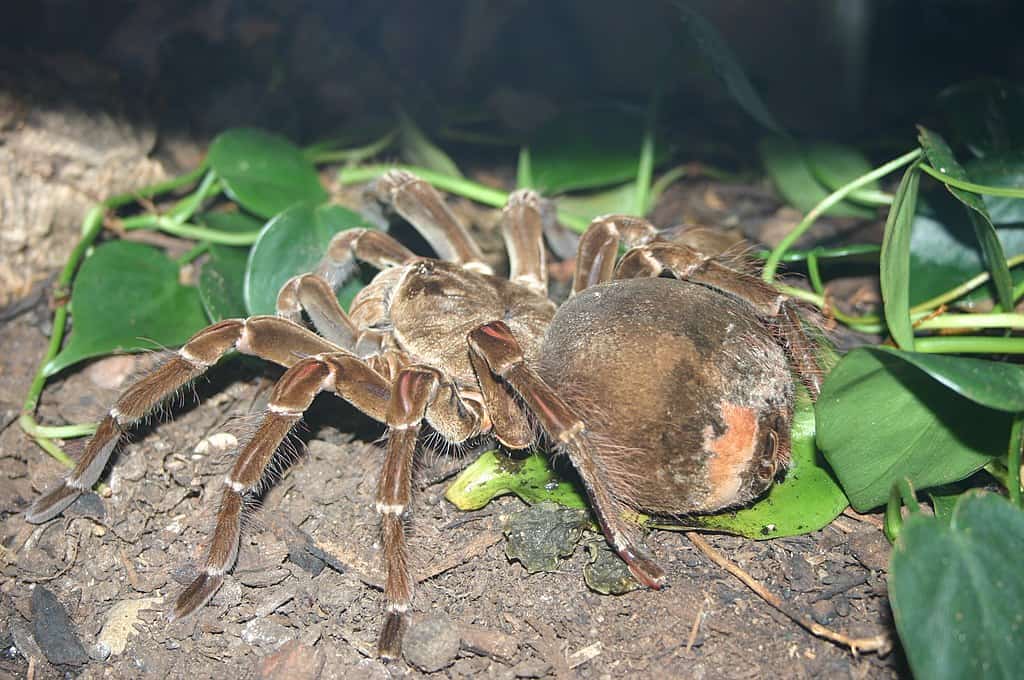
Native to the rainforests of northern South America, particularly in Venezuela, Brazil, Guyana, and Suriname. This is the largest spider in the world by mass and size, capable of eating birds. Despite its size, its venom is not lethal to humans.
#8 Hobo Spider
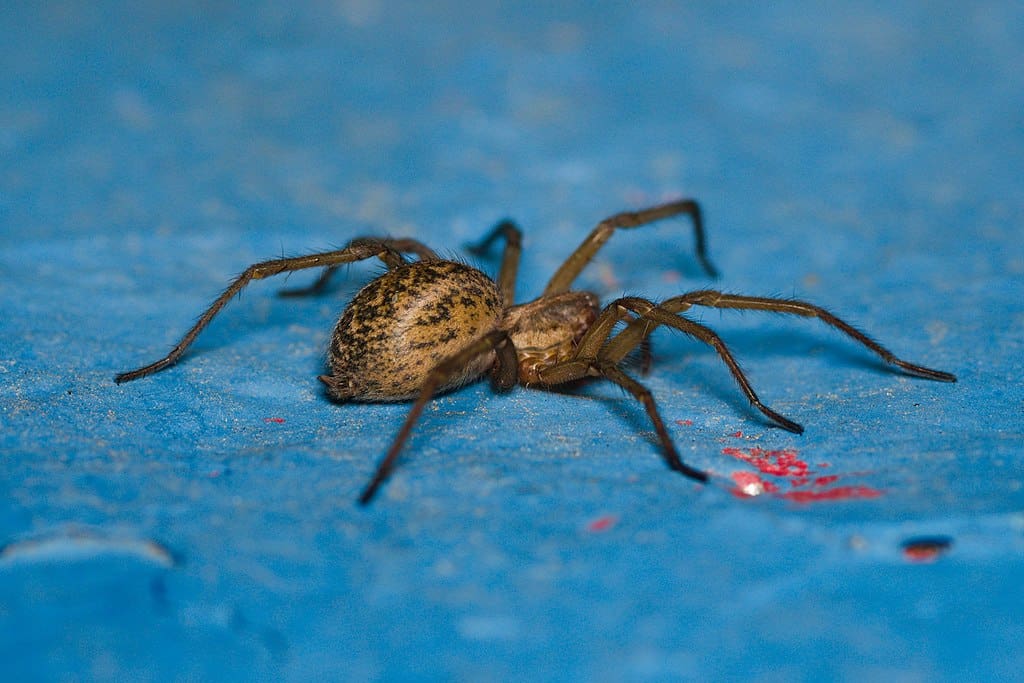
Found throughout the western United States, with a range extending into parts of Canada and Europe. Initially thought to cause necrotic bites similar to the brown recluse, research has shown their bites to be less harmful.
#9 Mouse Spider

Distributed across Australia, found in both coastal and arid regions. Its name comes from the mistaken belief that it excavates burrows similar to those of mice. Mouse spider bites can be painful and potentially dangerous, but serious effects are rare.
#10 Yellow Sac Spider

Commonly found across the United States and Europe, as well as parts of Australia and Asia. Their venom can cause lesions similar to those from brown recluse spiders, although less severe.
#11 Wolf Spider
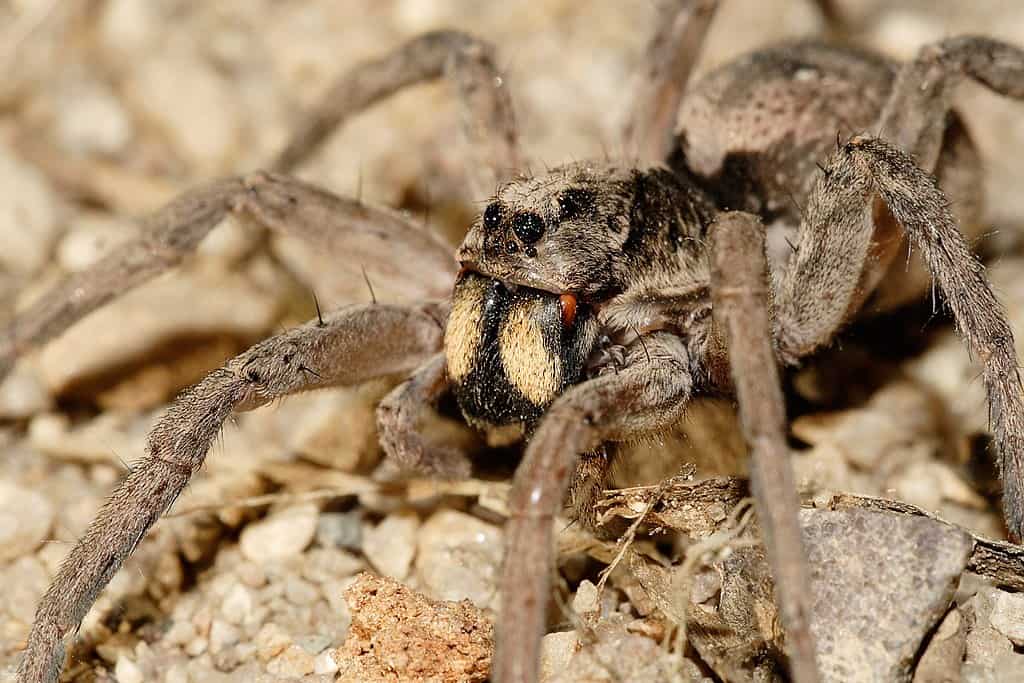
They have a worldwide distribution and are found on every continent except Antarctica. Wolf spiders do not spin webs and hunt their prey by running them down. They carry their young on their backs.
#12 Brown Widow Spider

Originating in South Africa, this spider’s range has expanded to include the southern United States, the Caribbean, and parts of Australia. The venom of the brown widow is considered more toxic than that of the black widow, but they inject less venom when they bite.
Did you make it to the end?
Whether this journey has changed your perspective or merely heightened your awareness, we hope it’s been enlightening. If you’ve read this far, despite the initial caution, your curiosity about these remarkable creatures has likely grown.
Up next: Venomous Spiders Found in America
Join our Forum for free today!

- Surprise Hippo Attack on Three Lions - July 21, 2024
- USA’s Best Wildlife Conservation Success Stories - July 14, 2024
- The Incredible Bird with Sunflower Eyes - July 13, 2024
